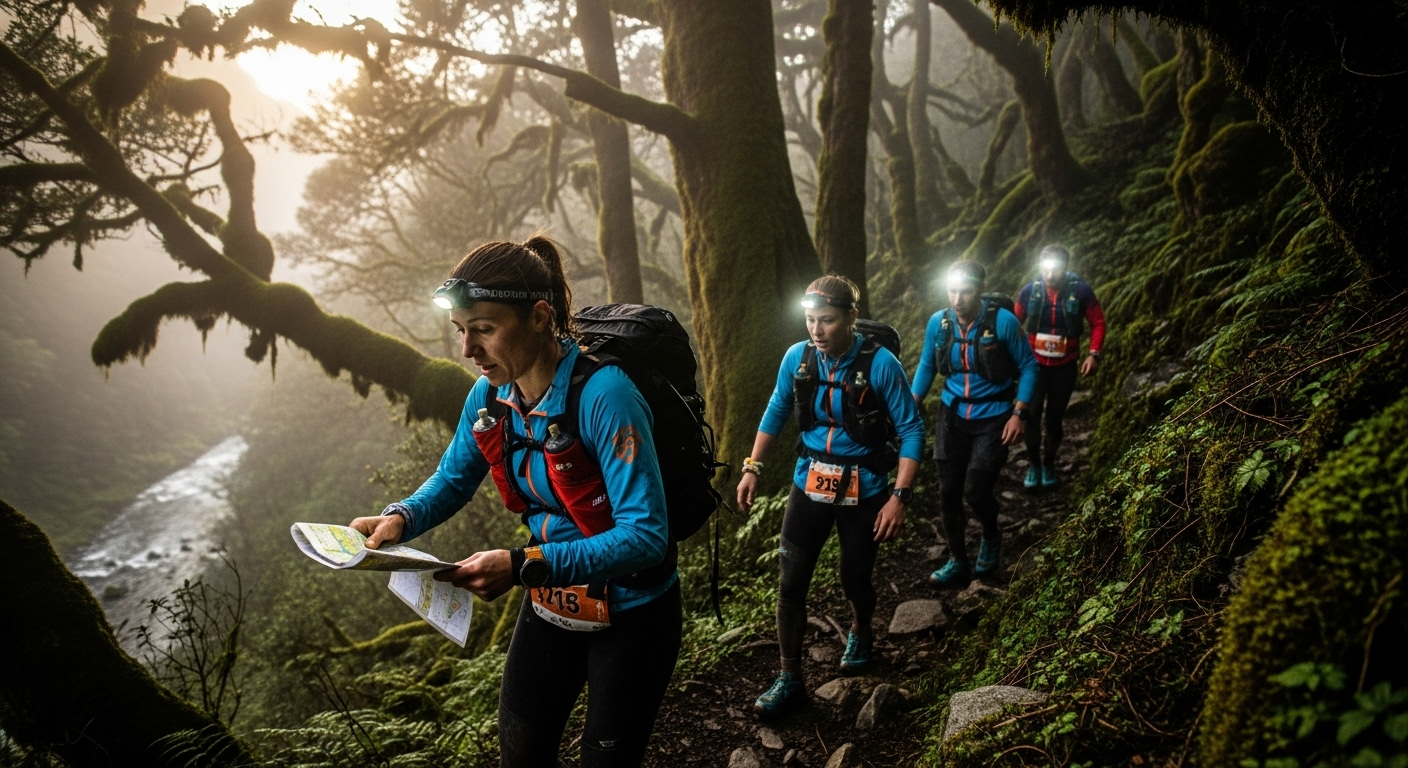Blazing a Trail: A Deep Dive into the World of Adventure Racing
Adventure racing, the gruelling multi-discipline sport that tests both physical endurance and mental fortitude, has surged in popularity in recent years. This article traces the development of the sport, discusses current trends and offers expert analysis on this fascinating world of endurance, teamwork, and navigation.

Adventure racing began in the 1980s, evolving from multi-day endurance events. The sport combines elements of trail running, mountain biking, kayaking, and orienteering, requiring athletes to navigate complex courses over several days, often with little sleep. The concept was popularized by the Raid Gauloises, a race in New Zealand that challenged competitors to traverse the wild landscapes using only a map and compass.
The sport has since grown, with races now held worldwide, attracting a diverse range of athletes drawn to the challenge of pushing their limits in unpredictable environments. Today’s races vary in length and difficulty, from shorter, more accessible events, to gruelling multi-day expeditions that test even the most seasoned athletes.
Technology has made a significant impact on adventure racing, particularly in navigation. The rise of GPS has transformed the sport, allowing racers to navigate complex terrains with greater accuracy. However, this has sparked a debate within the adventure racing community about maintaining the original spirit of the sport.
Adventure racing demands a high level of physical fitness, mental resilience, and teamwork. The sport’s unique blend of endurance, navigation and problem-solving offers a thrilling challenge that attracts athletes from all backgrounds. But it’s also a sport that requires careful preparation and training, with competitors needing to hone their skills in a variety of disciplines.
The rise of adventure racing also brings challenges. Event organisers must balance the desire for more challenging and exciting courses with the need to ensure athlete safety. The sport’s growth has also raised questions about its environmental impact, with races often held in pristine natural environments.
Research shows that adventure racing can have significant benefits for mental health. The combination of physical exertion, teamwork, and navigating complex environments can help build resilience and boost mood. However, the sport’s intense nature also carries risks, including injury and mental stress.
Despite these challenges, adventure racing continues to grow in popularity. Its unique blend of physical and mental challenges, combined with the thrill of exploring wild and often remote landscapes, offers a unique sporting experience. With more people seeking out adventurous and challenging activities, the future of adventure racing looks bright.
Adventure racing is a dynamic and evolving sport that offers a unique blend of physical challenge, mental resilience, and the thrill of adventure. Its rise in popularity reflects a broader trend towards more adventurous and challenging sports, as well as a growing appreciation for the benefits of outdoor activity.
As the sport continues to evolve, it will be fascinating to see how it adapts and grows, meeting the demands of a new generation of adventure athletes. Whether you’re an experienced racer or a curious spectator, the world of adventure racing offers a fascinating insight into the world of endurance sports.




